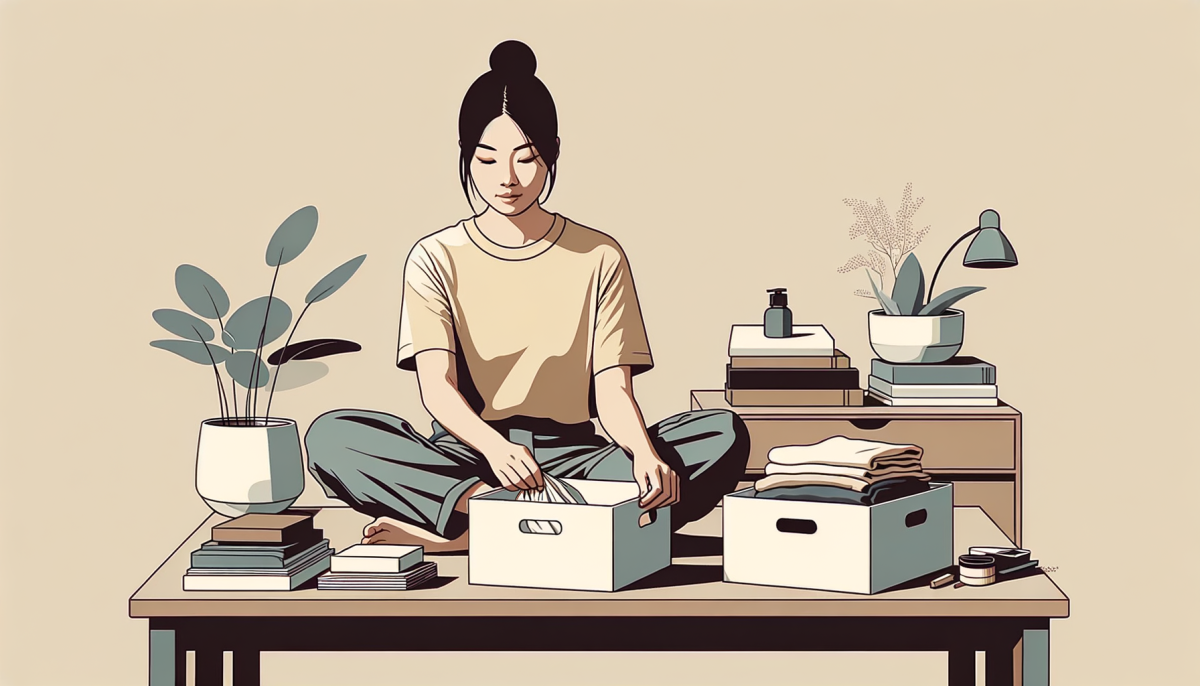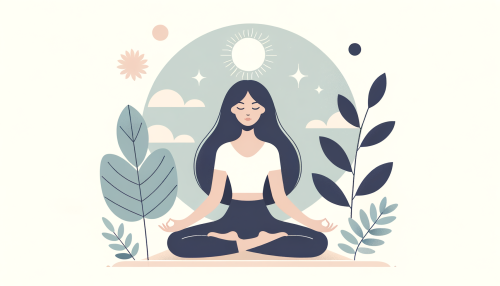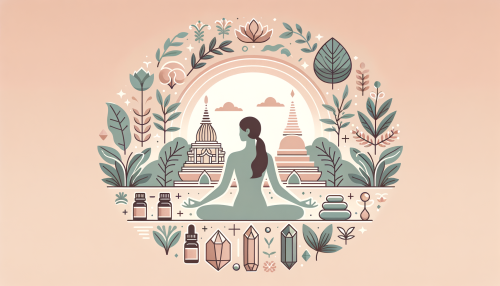Introduction
In the whirlwind of modern life, we often find ourselves ensnared in a web of material possessions, each one promising to bring us closer to happiness. Yet, paradoxically, the more we accumulate, the more elusive contentment seems to become. This conundrum has led many to explore the minimalist lifestyle, a philosophy that advocates for less clutter and more clarity.
Understanding Minimalism

Minimalism, at its core, is a conscious decision to live with less. It is not merely about owning fewer things, but about making room for what truly matters. It is a lifestyle that encourages us to strip away the superfluous, to pare down our possessions to the essentials, and to find joy and fulfillment in simplicity.
The minimalist lifestyle is not a one-size-fits-all solution. It is a personal journey that looks different for everyone. For some, it may mean living with only 100 items. For others, it may mean decluttering their digital space or simplifying their commitments. The common thread is the intention to live with less in order to experience more.
Minimalism is not about deprivation or asceticism. It is not a competition to see who can live with the least. Rather, it is about making mindful choices, about deciding what adds value to our lives and letting go of what does not. It is about living intentionally, with purpose and clarity.
Decluttering Techniques
Decluttering is a crucial part of the minimalist lifestyle. It is the process of removing unnecessary items from our lives, creating space for what truly matters. There are numerous techniques to declutter, each with its own merits.
The KonMari method, developed by Marie Kondo, is one such technique. It involves sorting through our possessions category by category, keeping only those items that “spark joy”. This method encourages us to consider the emotional value of our belongings, not just their practical use.
Another technique is the 90/90 rule, which suggests that if we haven’t used an item in the past 90 days and don’t plan to use it in the next 90, we should let it go. This rule helps us to be realistic about what we truly need and use.
The Four-Box Method is another effective decluttering technique. It involves sorting items into four categories: trash, give away, keep, or relocate. This method encourages us to make deliberate decisions about each item, rather than mindlessly shuffling clutter from one place to another.
Achieving Clarity
Clarity is the ultimate goal of the minimalist lifestyle. By decluttering our physical space, we create room for mental and emotional clarity. We free ourselves from the burden of excess possessions, allowing us to focus on what truly matters.
Clarity is not a destination, but a journey. It is a process of continual refinement, of constantly reassessing what adds value to our lives and letting go of what does not. It is about living intentionally, with purpose and focus.
Achieving clarity requires mindfulness. It requires us to be present, to pay attention to our thoughts, feelings, and actions. It requires us to be honest with ourselves, to acknowledge our needs and desires, and to make choices that align with our values.
Conclusion
The minimalist lifestyle is not about deprivation, but about intentionality. It is about making mindful choices, about deciding what adds value to our lives and letting go of what does not. By decluttering our physical space, we create room for mental and emotional clarity, allowing us to live with purpose and focus. The minimalist lifestyle is a journey, not a destination, a journey towards less clutter and more clarity.





